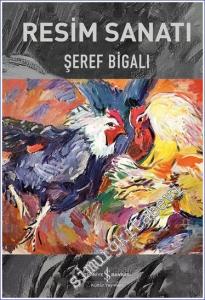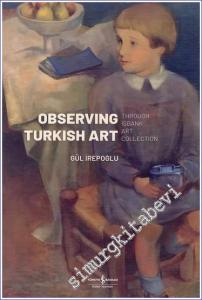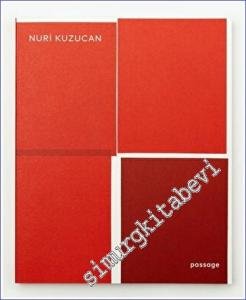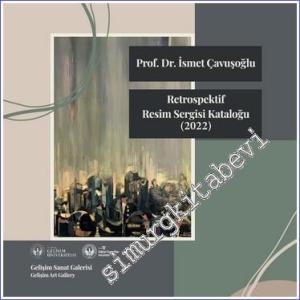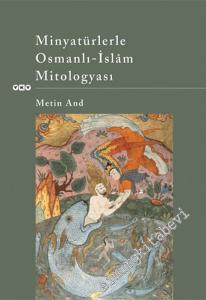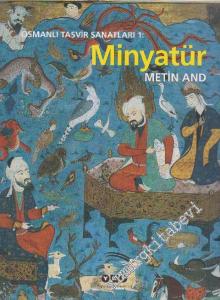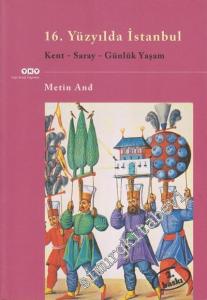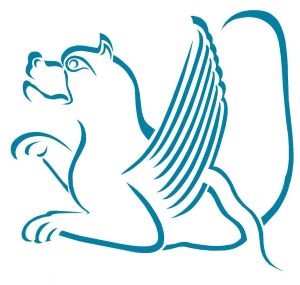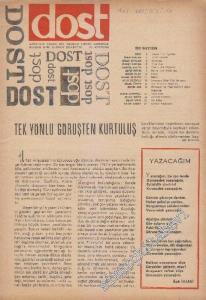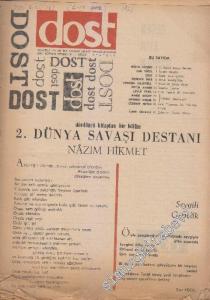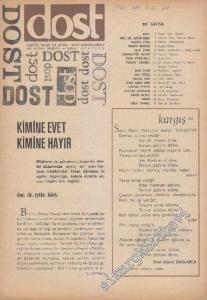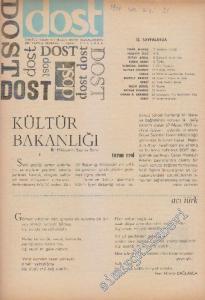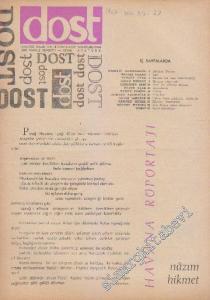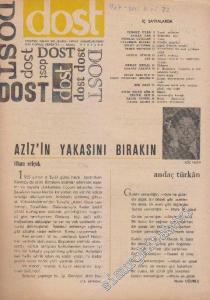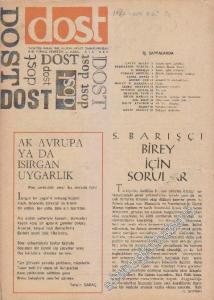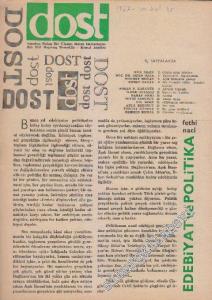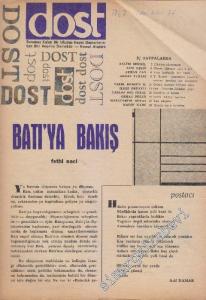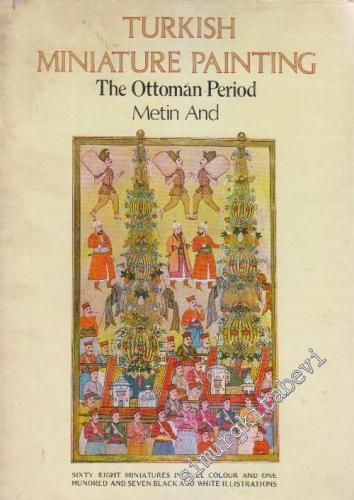
INTRODUCTION
The study and appreciation of Turkish miniature painting is something new. The reason why Turkish miniature painting has been thus neglected, lies probably in the fact that until very recently it has been a closed book to the outsider. Many of the paintings have perished. The ones which have survived were in the possesion of Sultans, therefore in finely-bound manuscript volumes, safely guarded in palaces to which there were difficulties in gaining access. Until quite recently there have been no publications revealing their contents. Similarly, the lack of sources concerning aesthetic theories about the miniatures, and the scarcity of documents revealing the biographies of artists and their methods of creation, have imposed further restrictions on the scope of scholarly inquiries and stylistic analysis.
The pioneers in this field, who were not able to grasp the distinct and unique artistic qualities of Turkish miniatures, are not to blame, as they had access only to a very limited number of examples. Because of this they tended to concentrate on the painting of other Islamic cultures, mainly Persian. During the past two decades, there has been a marked change in this point of view, especially on the question of Persian influence, and students of Islamic art have become aware of the equal importance of Turkish painting.
INTRODUCTION
The study and appreciation of Turkish miniature painting is something new. The reason why Turkish miniature painting has been thus neglected, lies probably in the fact that until very recently it has been a closed book to the outsider. Many of the paintings have perished. The ones which have survived were in the possesion of Sultans, therefore in finely-bound manuscript volumes, safely guarded in palaces to which there were difficulties in gaining access. Until quite recently there have been no publications revealing their contents. Similarly, the lack of sources concerning aesthetic theories about the miniatures, and the scarcity of documents revealing the biographies of artists and their methods of creation, have imposed further restrictions on the scope of scholarly inquiries and stylistic analysis.
The pioneers in this field, who were not able to grasp the distinct and unique artistic qualities of Turkish miniatures, are not to blame, as they had access only to a very limited number of examples. Because of this they tended to concentrate on the painting of other Islamic cultures, mainly Persian. During the past two decades, there has been a marked change in this point of view, especially on the question of Persian influence, and students of Islamic art have become aware of the equal importance of Turkish painting.


